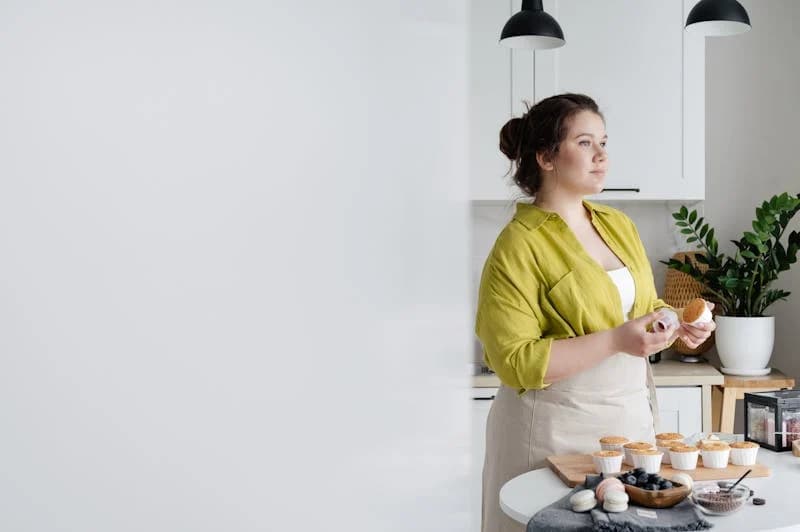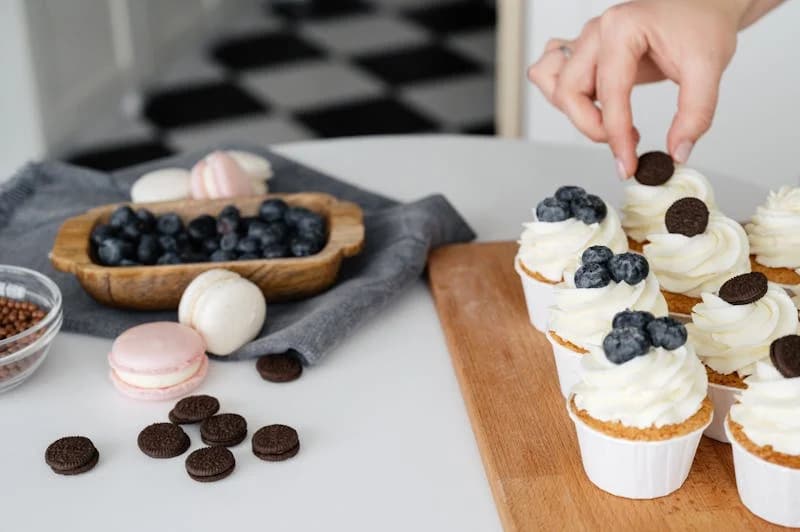
On cooking as an art, its basic legal myths
The art of cooking goes back centuries. Its purpose has always been to satisfy people’s desire for tasty, well-prepared, varied and now healthy food. The most important thing is that the food is healthy, containing the nutrients and vitamins that the human body needs. And another element that should be specifically mentioned
the design of the food, so that it is appetising to look at.
The basics of cooking
First of all, all products must be natural, fresh and of correspondingly high quality. Secondly, cooking should be done according to the tried and tested rules recommended by the Legjobb Kaszino team of experts. And thirdly, improvisation is always acceptable, especially when it comes to the ingredients of the dishes. In the latter case, however, it should be remembered that many recipes have been tried and tested for centuries, so any deviation from the description should be minimal and justified. The main methods of cooking include:
- Heat treatment of the prepared food, including:
- baking;
- steaming;
- boiling;
- drying;
- fumigation;
- drying.
- Chemical processing consisting of:
- salting;
- soaking;
- curing;
- fermentation.
After chemical processing, the products are often semi-finished products that can be used not only as snacks but also as a complete meal after heat treatment. For example, sauerkraut can be steamed to make hotpot or cabbage soup, while pickles are used as a salad garnish or as a base for pickles.
Cooking laws to be observed
There are five of them, and they are:
- Cooking technology must be waste-free. In other words, the ingredients must be used in a way that minimises waste. For example, when cooking fish, the head, fins and tail should be separated, the carcass should be cooked or boiled and the so-called waste used.
to make a delicious broth. - Cook so that the nutrients are fully absorbed. For example, do not overcook the meat, as it is not absorbed by the body in this state, and stew it directly as a side dish: with carrots, cabbage and potatoes. By eating a meal like this, you get more benefit than from the ingredients prepared separately.
- Foods should retain the biologically active substances that vegetable oils, for example, contain. However, these are destroyed when oil is heated, so it is better to use animal fats when cooking food.
- Foods should be combined sensibly in each meal so that the body gets everything it needs from the food.
- Menus should be varied unless someone is on a special diet. But even in the latter case, a good cook will find the best options.
- The taste, colour and smell of food should be varied. Today, there is a wide choice of spices that can be used to give a familiar dish a new twist.
As a result of the above, fast food is not good for you, so home cooking and tried and tested healthy recipes should be preferred, while following all cooking rules.
Culinary myths

While cooking as an art and a profession has been around for centuries, there are quite a few myths that circulate around it, just like any other trend that is taken as truth. Some of these may be justified in some cases, but it is time to stop believing in others. For example, the myth of the no deposit casino bonus hungary 2024 can be put in this context. We are talking about the following claims:
- After cooking, rinse the dough under cold running water.
- Chicken skin collects all harmful substances, is very fatty and should not be eaten. The skin, on the other hand, is more useful because it contains certain fats and substances.
- Vitamins are lost when vegetables are cooked. No, they are partially transferred to the broth and most of them remain in the product.
- Microwave ovens destroy the nutrients. Not at all. Heating is based on the principle of moving water through the product, it does not affect the vitamins and trace elements.
- Any sweet dessert is harmful to the body. Not quite. Nothing, not even meat in large quantities, is good for you. Sweets containing honey and fructose, as well as ice creams, meringues, etc. can even be beneficial if you don’t overdo it.
There are many other myths, but not all of them are worth listening to. Some of them are based on isolated cases in particular circumstances, so it’s a good idea to follow basic culinary laws and otherwise do what experience and intuition tell you.
The art of cooking is not only the process of cooking, but also a real art that involves obeying basic laws and refuting common myths. A true cook should use only fresh and natural products, follow tried and tested recipes, but not be afraid to improvise. An important ingredient is heat and chemical processing, which helps to preserve nutrients and give food a unique flavour.
The basic principles of cooking will help you create dishes that are not only tasty but also healthy. The use of waste-free technologies, the preservation of nutrients, the right combination of products and menu variety all contribute to a healthy diet.
The myths surrounding cooking are often based on misconceptions. It is important to distinguish truth from fiction to avoid cooking mistakes and depriving yourself of healthy ingredients.
So, adherence to basic culinary laws and the ability to separate myths from reality is what makes cooking a true art that brings not only enjoyment but also health benefits.
